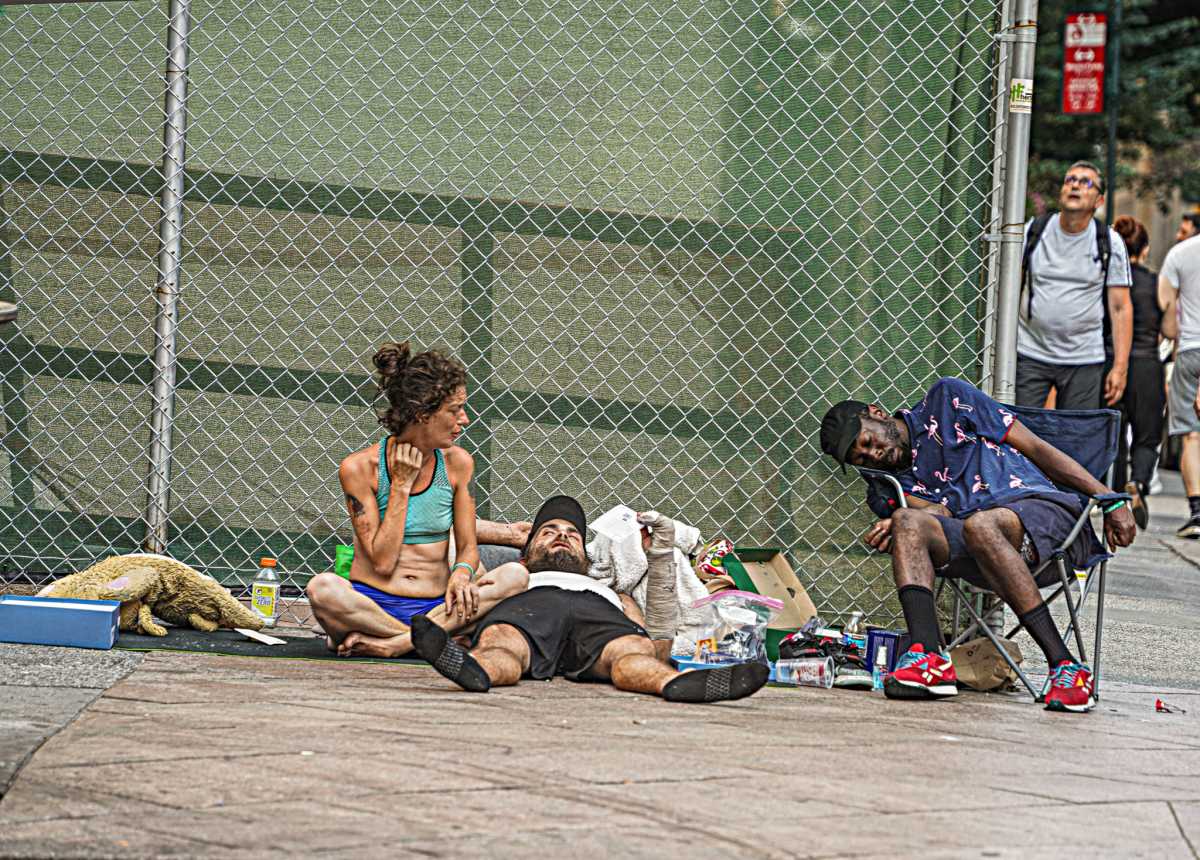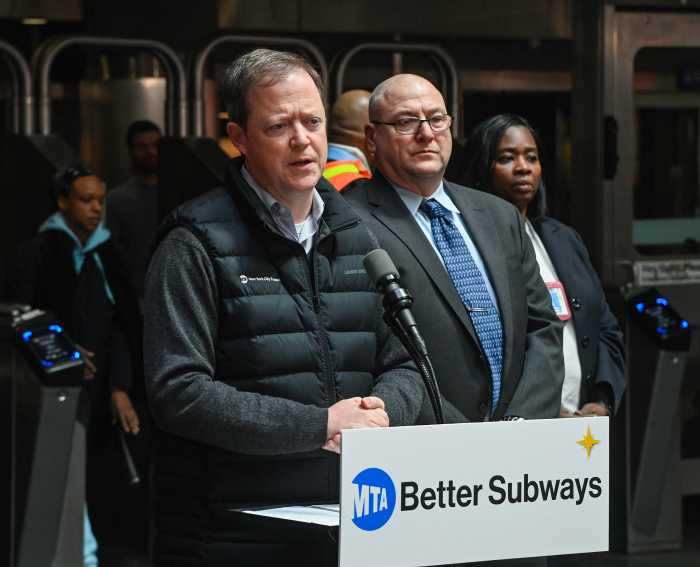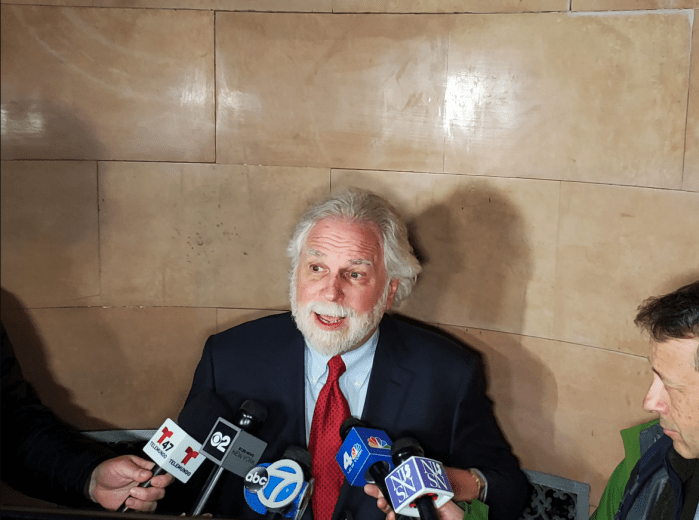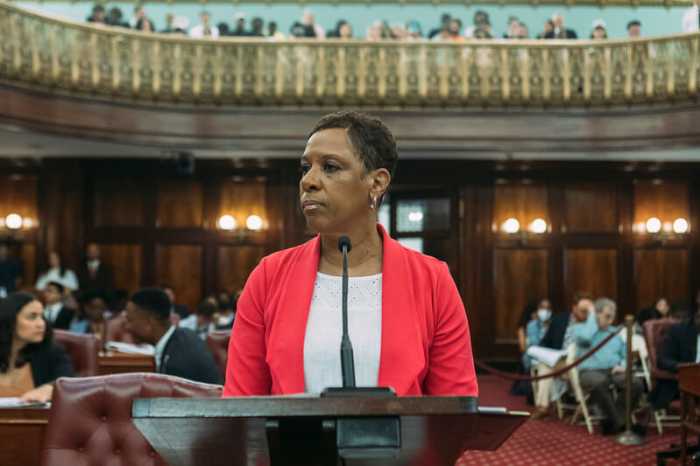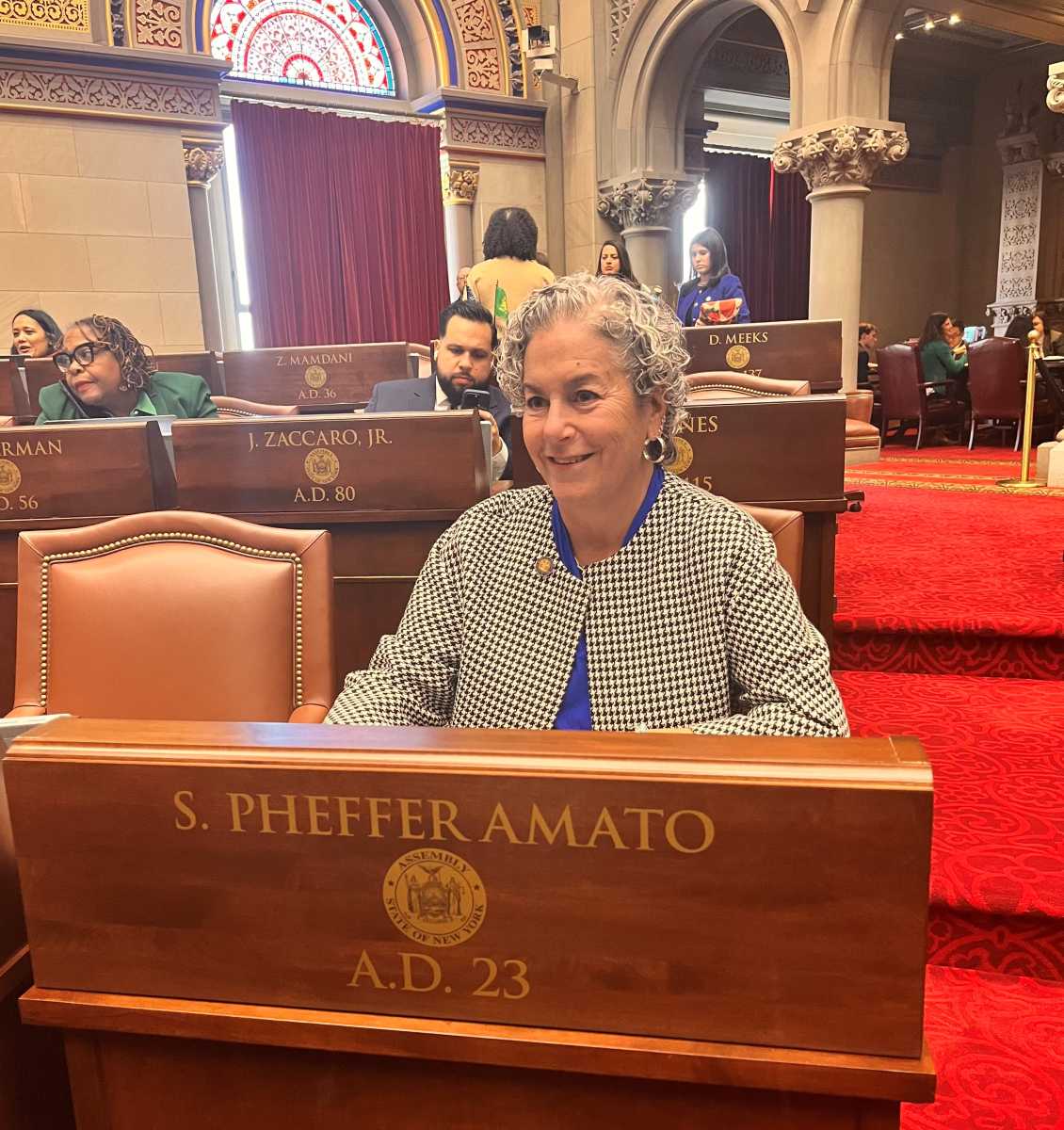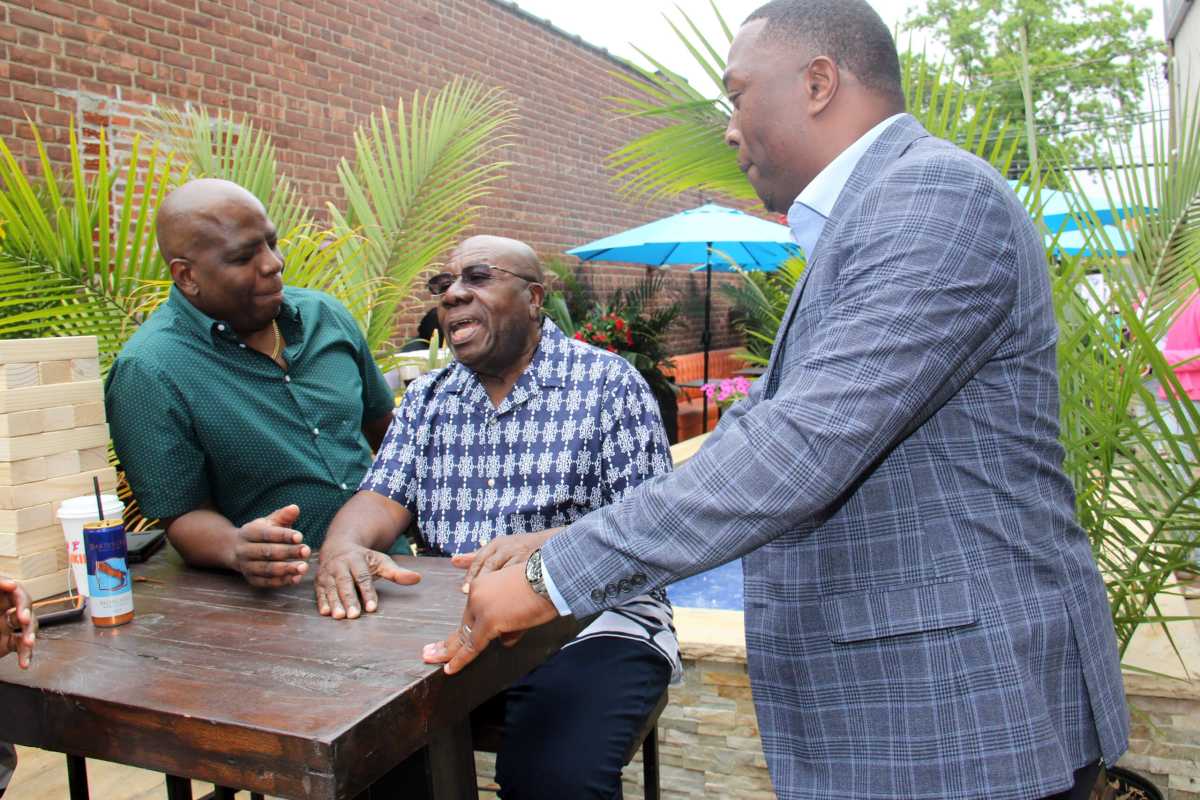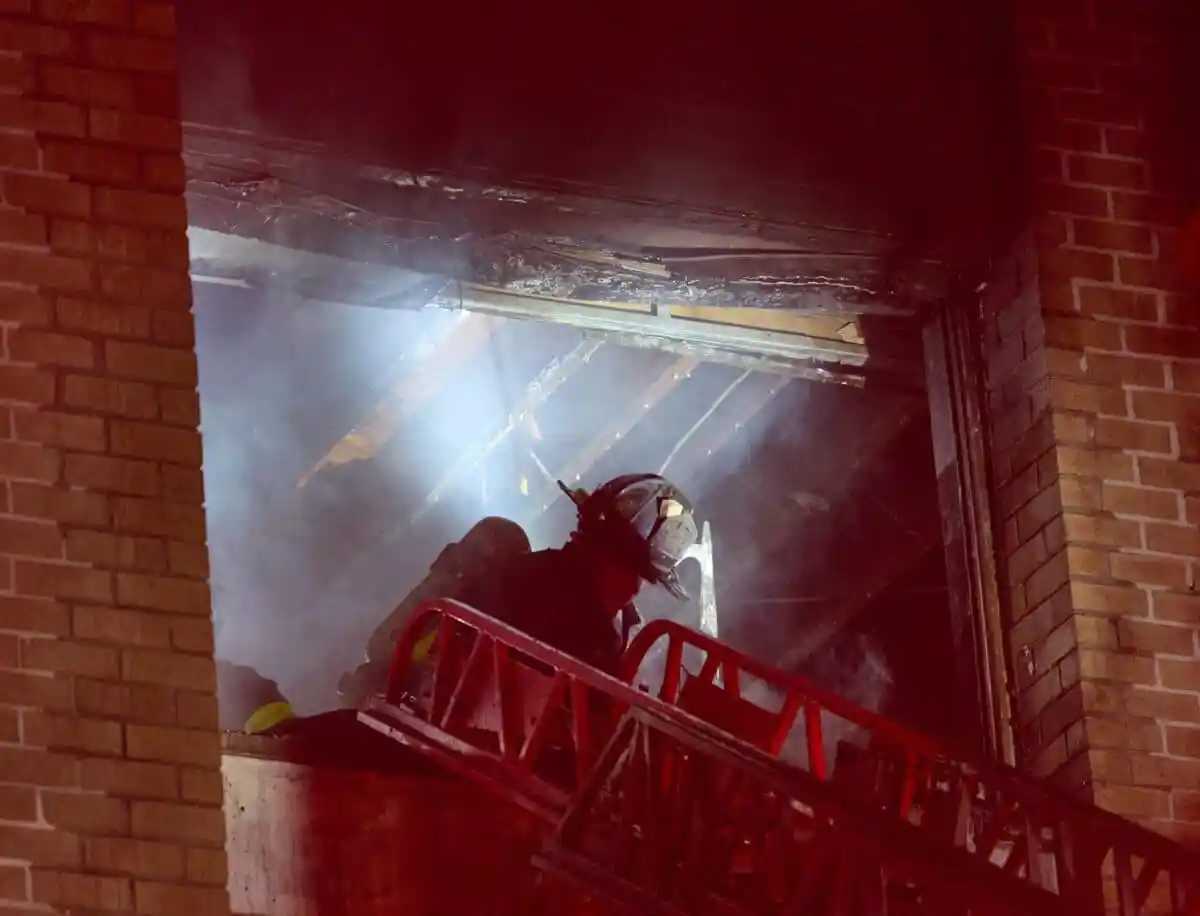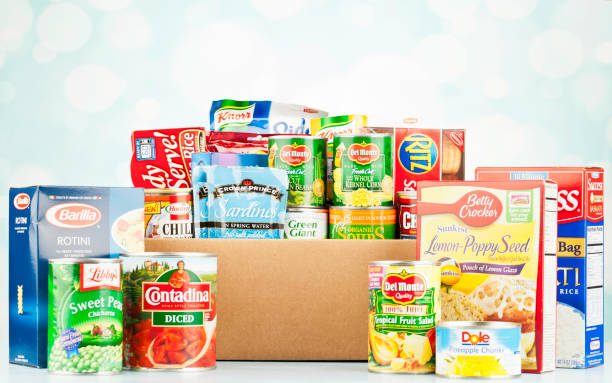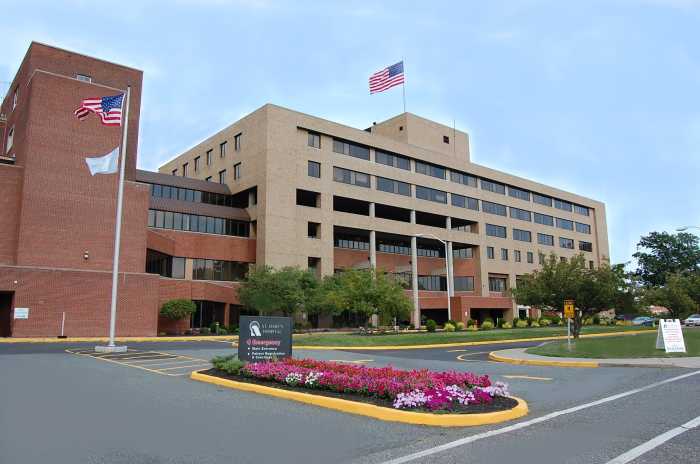New York City is experiencing record-breaking homelessness: around 120,000 individuals are currently residing in the city’s shelter system. This crisis has been exacerbated by the more than 200,000 asylum seekers that have come through the city’s intake system over the short span of two years. The Adams administration has effectively responded to a national humanitarian crisis ensuring emergency shelter and critical resettlement supports for our newest New Yorkers while not losing sight of the pre-existing and long-intractable challenge of unsheltered homelessness which impacts every community in NYC. From day one, the administration has prioritized resources for our most vulnerable New Yorkers who are experiencing compounding challenges on our streets and subways — making historic investments in outreach and dedicated shelters, including Safe Havens and stabilization beds, tailored to meeting their unique needs.
Thanks to these critical investments the city has made important progress addressing this crisis, placing more than 2,000 New Yorkers who were living unsheltered on our streets and subways in permanent housing, but there is more work to be done. According to recent estimates there are around 4,000 New Yorkers experiencing unsheltered homelessness across the five boroughs. The NYC Department of Social Services and Homeless Services (DSS-DHS) and experienced not-for-profit human services providers like the Center for Urban Community Services (CUCS) continue to do the vital work of engaging individuals in need, building trust and encouraging them to come inside. For New Yorkers experiencing unsheltered homelessness and mental health and substance use challenges exacerbated by failures across levels of government and the dire lack of critical healthcare supports, the journey to stability can be incredibly challenging.
Which is why it is critical that the city continues to create safety net resources in every community and expands on successful models like Safe Havens which are clearly having a tremendous impact. Safe Havens offer transitional housing options for New Yorkers experiencing unsheltered homelessness with vital supports to address their vulnerabilities. Isolated single adults with a history of untreated medical issues and trauma are particularly at risk of experiencing homelessness and perpetually cycling in and out of traditional shelters. Safe Havens are typically smaller than traditional shelters and offer a flexible model that meets some of our harder to reach New Yorkers where they are. CUCS, credited as the founder of the supportive housing model and one of the city’s largest service providers, recognizes the value of these pivotal support systems. In collaboration with DSS-DHS, CUCS’ new Washington Street Safe Haven will be the first of its kind in the community providing New Yorkers experiencing unsheltered homelessness with a safe setting and quality care in the neighborhood they’ve called home as they stabilize their lives and ultimately move into permanent housing.
The Safe Haven will provide robust services including psychiatric care, primary medical care, intensive case management and housing placement for individuals experiencing unsheltered homelessness, prioritizing placements for impacted New Yorkers from the community.
We know that the Financial District is severely affected by the crisis of unsheltered homelessness, and we are committed to ensuring that we address these long-standing challenges by connecting vulnerable New Yorkers to critical lifelines within the community. DSS-DHS and CUCS’ Manhattan Outreach Consortium (MOC) outreach staff work around the clock in this neighborhood to engage New Yorkers experiencing unsheltered homelessness and make vital connections to transitional housing. Outreach staff ensure continued engagement every step of the way from helping them move indoors, to connections to healthcare supports, to navigating benefits and housing applications so we are positioning clients for long-term housing stability.
And we cannot do this critical work alone: we need every community to support their vulnerable neighbors and welcome critical resources like Safe Havens in their neighborhoods.
Nearly two years ago, DSS-DHS and CUCS opened Paul’s Place, a hybrid shelter which operates as a drop-in center and Safe Haven in the West Village. Paul’s Place has helped reduce unsheltered homelessness in the neighborhood, notably Union Square and Washington Square Park. Paul’s Place is a 24 bed Safe Haven and has rescued and resettled 17 people into permanent supportive housing since it’s opening in August 2022. It provides the same healthcare and social services which will be offered at the Safe Haven on Washington Street. Safe Havens offer humane, dignified, and high-quality temporary housing and care to help New Yorkers experiencing unsheltered homelessness find their way into permanent homes. We look forward to the positive impact this resource will have in this community and know we can rely on the unparalleled compassion of New Yorkers as the city works collaboratively with the community to support our neighbors who have fallen through every social safety net.
Joslyn Carter is the Administrator of the NYC Department of Homeless Services
Hadaryah T. Morgan is the Chief Operating Officer and Chief Legal Counsel at the Center for Urban Community Services
Read More: https://www.amny.com/opinion/



